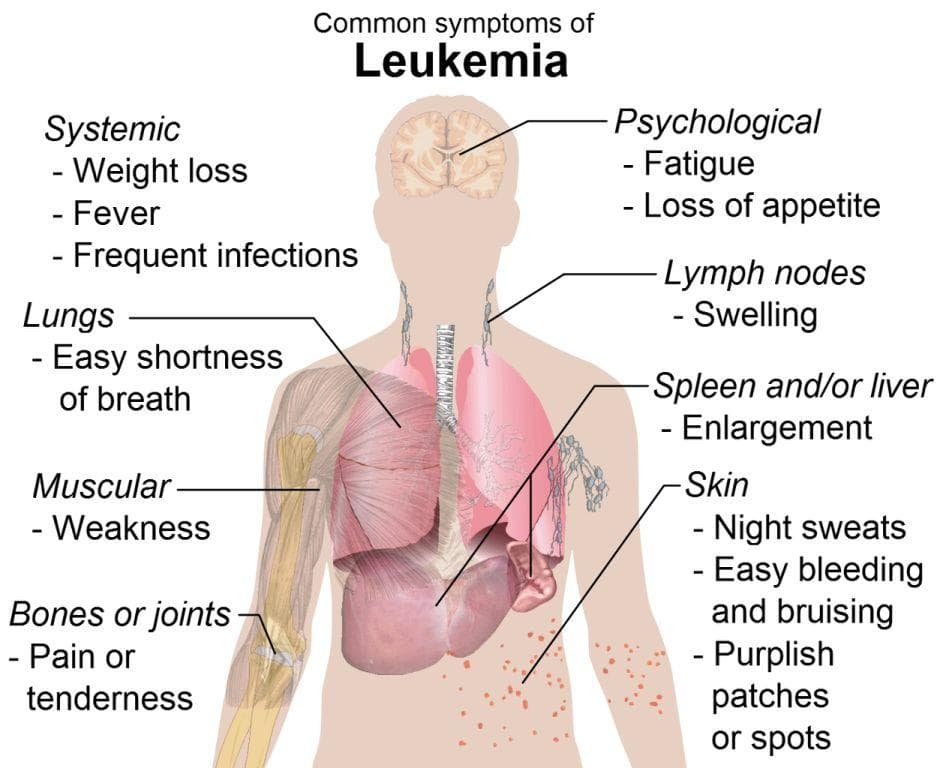Early Warning Signs of Leukemia You Should Know
Early detection of leukemia relies on recognizing subtle symptoms like fatigue, fever, and swelling. Prompt diagnosis improves treatment outcomes and prognosis. This article explains leukemia types, signs, and the importance of early intervention.

Early Warning Signs of Leukemia You Should Know
Leukemia symptoms can be subtle and often go unnoticed. Recognizing bodily changes early can lead to faster diagnosis and improved treatment outcomes.
What is leukemia?
Leukemia is a blood cancer that begins in the bone marrow, affecting blood cell production. It leads to the rapid growth of abnormal white blood cells, which hampers normal immune function. These malignant cells can outnumber healthy cells, causing immune deficiencies and other health issues.
White blood cells help fight infections, but in leukemia, their dysfunction results in bleeding, anemia, and heightened infection risks. Malignant cells may also invade lymph nodes and organs, leading to pain and swelling.
Types of leukemia
Leukemia can be classified as acute or chronic, depending on how quickly symptoms appear. Acute leukemia develops rapidly, with severe symptoms appearing early. Chronic leukemia progresses slowly and may be symptom-free for years.
It also varies by affected blood cell line: common types include acute lymphoblastic leukemia (ALL), acute myeloid leukemia (AML), chronic lymphocytic leukemia (CLL), and chronic myeloid leukemia (CML). Less frequent subtypes include hairy cell leukemia and promyelocytic leukemia.
Early recognition of leukemia symptoms is crucial, as they may be mild initially or escalate quickly depending on the subtype. Noticing these signs prompts prompt medical evaluation, increasing chances of successful treatment. Typical symptoms include fatigue, unexplained fever, joint or bone pain, frequent infections, skin spots, unusual bleeding, heavy menstrual flow, headaches, night sweats, breathlessness, weight loss, abdominal discomfort, and upper stomach swelling. Swollen lymph nodes, anemia, low white cell or platelet count, and enlarged liver or spleen may also occur. Persistent flu-like symptoms should be taken seriously, as early detection greatly improves prognosis.


